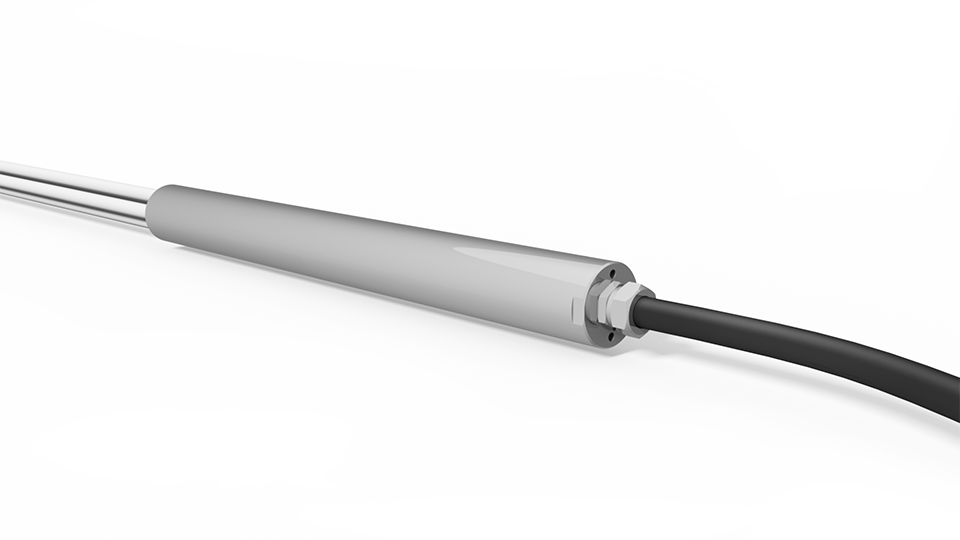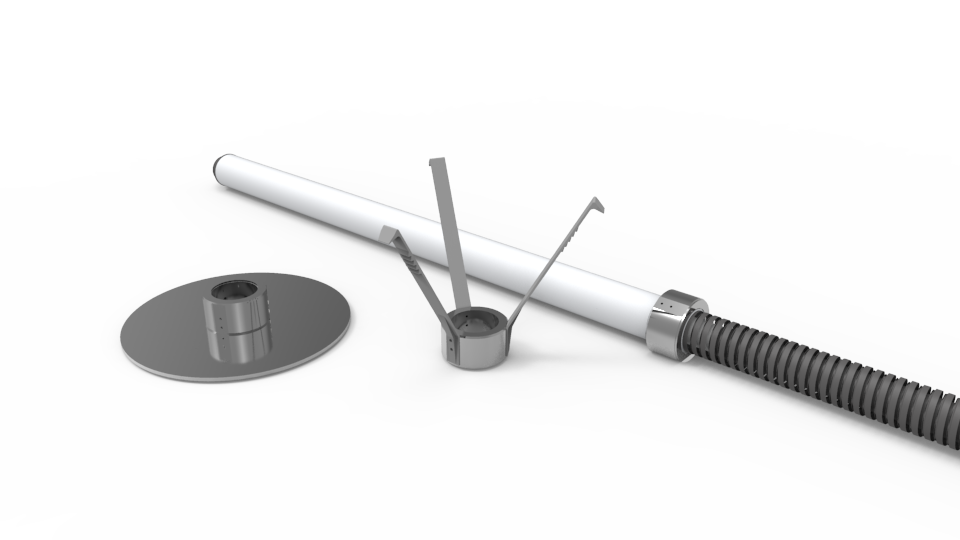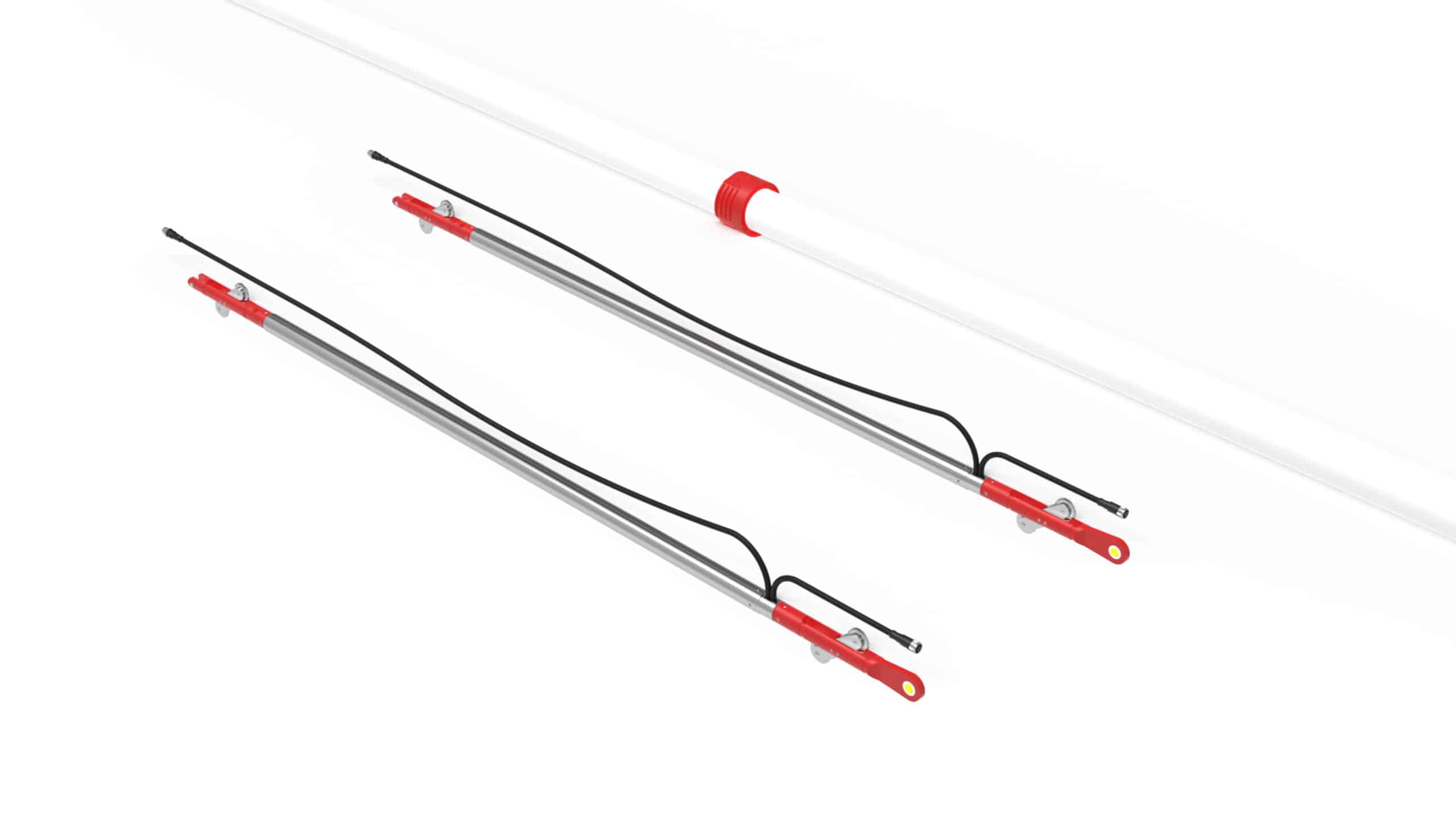MPBX – Multipoint Borehole Extensometers
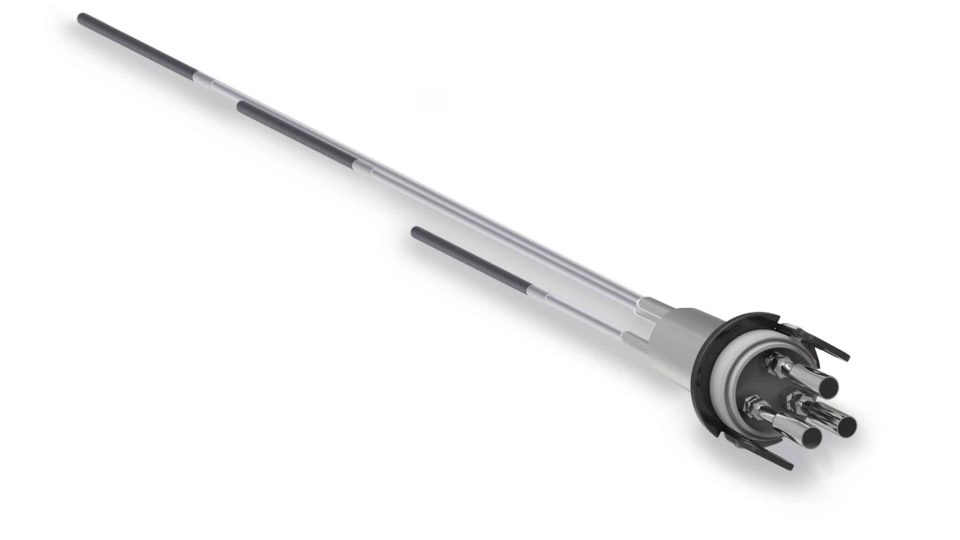
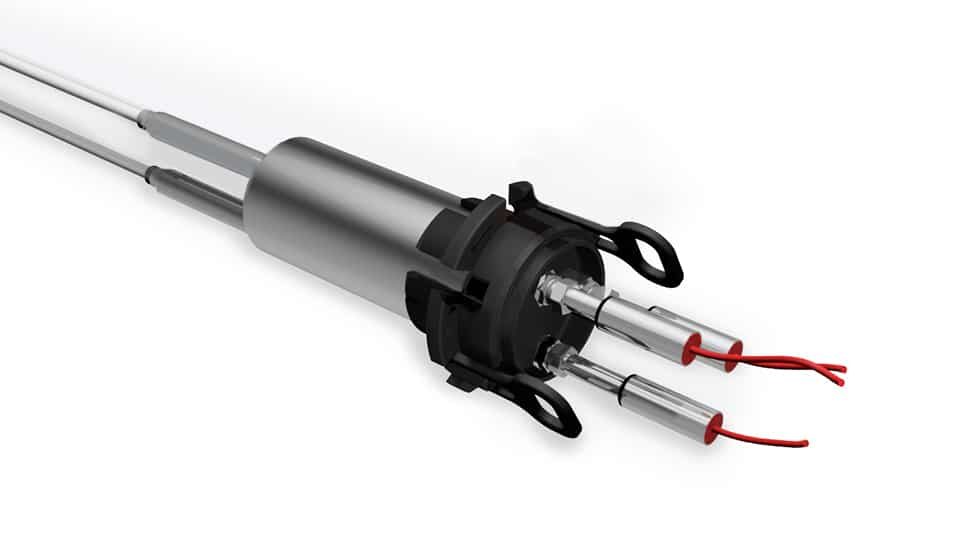
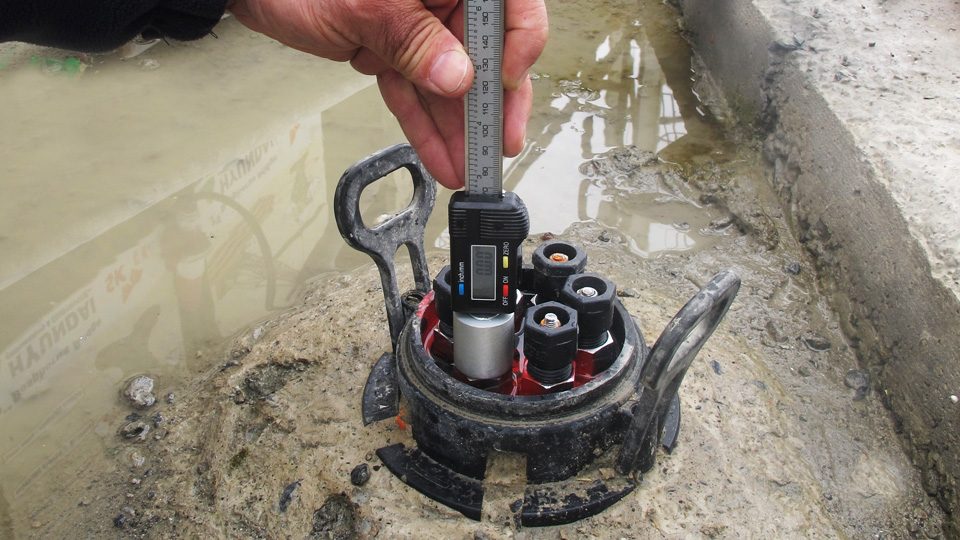
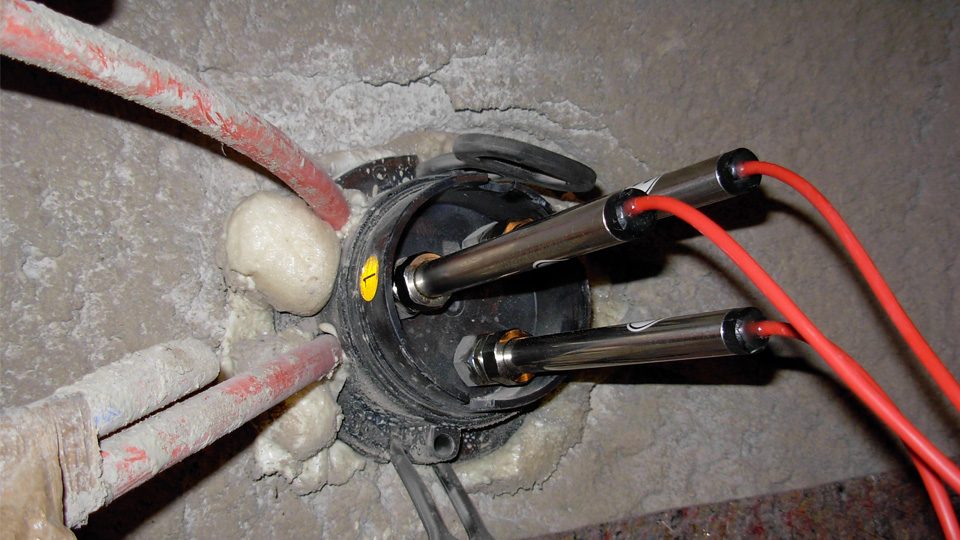
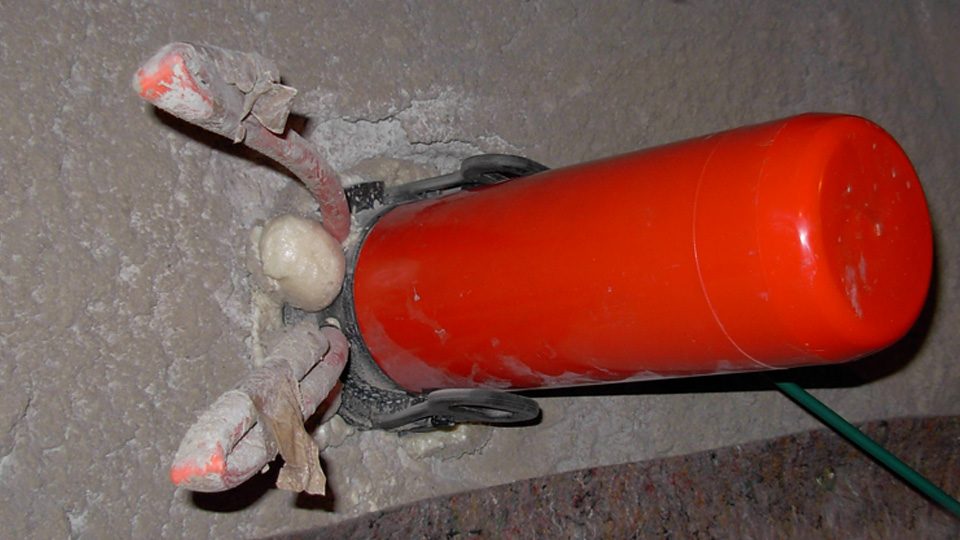


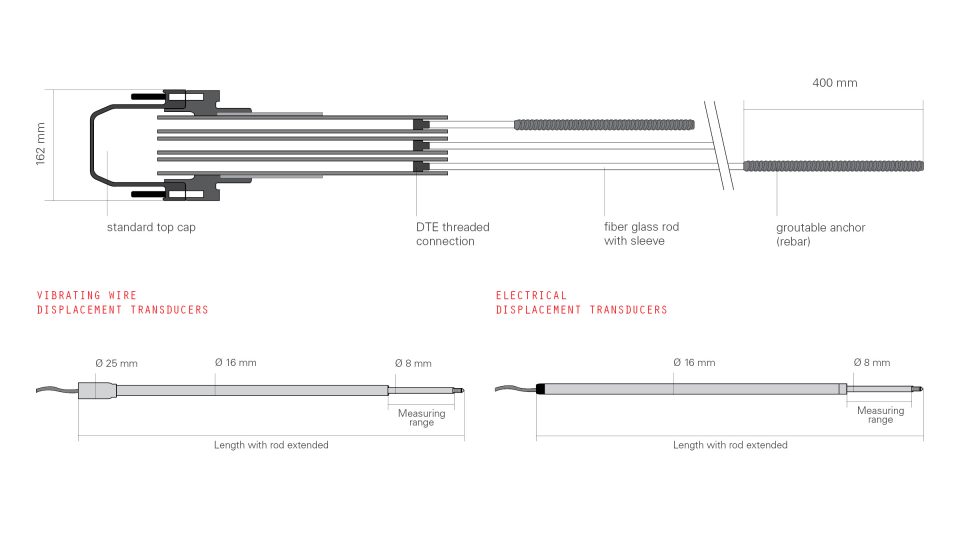
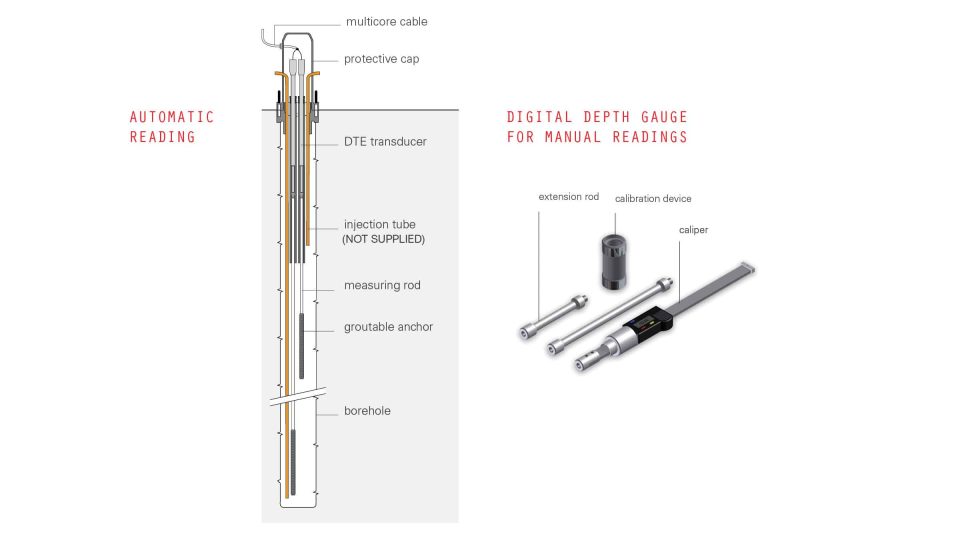
Multi-point rod extensometers are installed in borehole to monitor displacements at various depths using rods of different material and lengths.
A pre-set length of measuring rod is inserted into a nylon tube to avoid soil friction and its tip is fixed to a steel groutable anchor.
Preassembled fibre glass rods are coiled at factory and shipped ready for installation. The complete assembly is inserted into the borehole and then grouted, fixing the anchors to the rock or soil but allowing free movement of each rod within its sleeve.
Relative movements between the anchors and the reference head are measured manually with caliper or linear transducers, assembled on the reference head for remote monitoring.
A linear potentiometer is a device with a movable slider, usually called wiper, that makes electrical contact along a fixed resistance strip. A regulated DC voltage is applied to the two ends of the resistance strip: the voltage between one end of the strip and the contact point of wiper and strip is measured as the output signal.
Sisgeo instruments that utilize linear the linear potentiometer technology have often a 4-20mA output because electrical (Ampere) signals are more suitable for long distance transmission than tension (Volt) signal.
Vibrating wire transducer is essentially composed by a taut wire clamped at its ends and tensioned so that it is free to vibrate at its natural frequency. The frequency of vibration varies with the wire tension and thus small relative movements between the two end clamps.
With vibrating wire transducers frequencies rather than voltage levels are measured, so a dedicated readout/datalogger must be used to measure the resonant frequency. These ones excites the vibrating wire transducer, measures the response, performs some calculations on the response, and returns the result.
SISGEO vibrating wire transducer uses ‘pluck and read’ method and not ‘auto resonant’ method; when the readout/datalogger plucks the wire a magnetic attraction is created to the coil and the wire start to vibrate and it causes an alternating voltage of the same frequency of the natural frequency of the wire; the voltage signal is transmitted on the cable and read from the readout/datalogger.
Vibrating wire transducers have a reputation for long expected life and long-term stability.
Readable by
Questions
about this
product?
about this
product?
Learn more
Datasheet
Manual
Data processing
Faq
Questions
about this
product?
about this
product?
Learn more
Datasheet
Manual
Data processing
Faq




